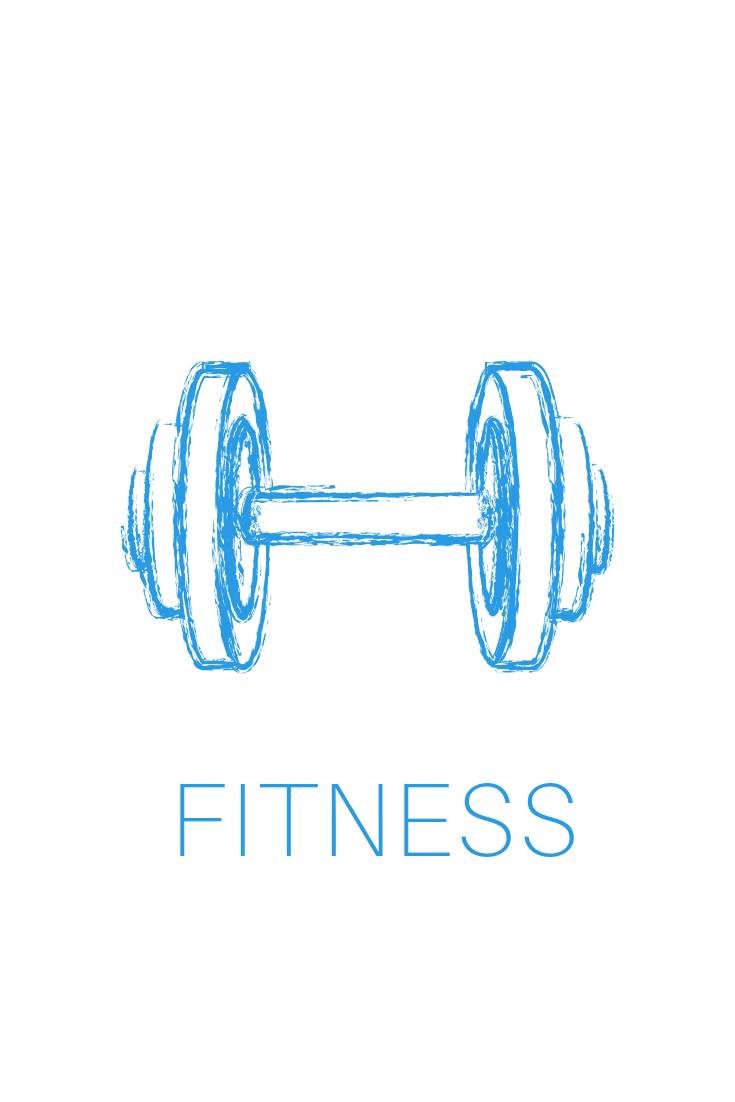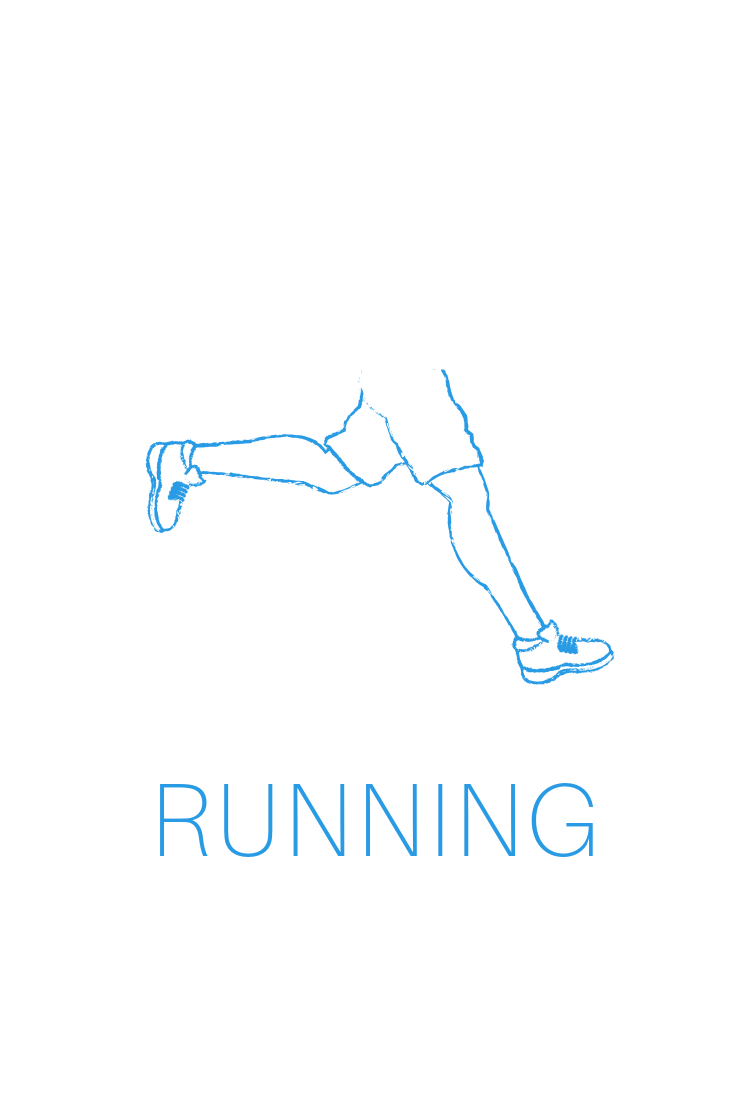10,000 Steps A Day: Science or Marketing?
Is there science behind the 10,000 steps a day recommendation, or are we madly tracking our steps for no reason?
Much like the catch cry “breakfast is the most important meal of the day”, it seems that the adage “10,000 steps a day for optimal health” originated in marketing, not medicine. In 1965 a Japanese company launched a pedometer and they gave it a name which, in English, means the “10,000 step meter”. (There is some thought that the name was chosen for the product because the character for “10,000” looks like a man walking.)
I-Min Lee, a professor of epidemiology at the Harvard University T. H. Chan School of Public Health decided to investigate further into the health merits of the 10,000 step theory to find out if there are actual health benefits. In 2019, Professor Lee and colleagues published a study in the Journal of the American Medical Association which measured the effects of increased steps per day on the mortality rates of more than 1,600 older women.
The basic findings were that the more active women did have significantly lower mortality rates and were less likely to suffer from cardiovascular disease and type 2 diabetes compared to the least active women. The improvements at the lower end of the scale - i.e. going from 2,200 steps to 4,400 steps - were highly significant. As steps continue to increase, there was a continued improvement in health and mortality rates up to approximately 7,500 steps per day, beyond which rates levelled.
The conclusion here suggests that going from minimal steps to a moderate number of steps per day is an extremely effective way to improve health markers. More steps per day is better, to a point. It seems that if you are obsessively tracking your steps each day in order to hit the magic “10,000” mark, you may be wasting your time and could be better off doing other forms of exercise instead.
The reality is, the number of steps we take each day is just one small piece in the overall health puzzle. Walking is fantastic for general health and wellbeing, however it’s not enough to cover all our health and fitness needs. We need to include additional activities that are more effective at increasing muscle mass, preventing osteoporosis, assisting with weight management and improving core strength and stability.
It’s also important to note the difference between strolling and power walking. In 2018, medical journalist, Michael Mosley and professor Rob Copeland from Sheffield Hallam University teamed up to investigate the effects of walking 10,000 steps a day compared to “power walking” at a brisk pace for 3 x 10 minutes a day. The study revealed that the group completing the 3 x 10 minute bouts of brisk walking (approx 3,000 steps) had better health results than those that strolled their way towards the 10,000 step goal. It seems that intensity and type of exercise can have a greater impact on our health than how much exercise we do.
The current physical activity guidelines from the Australian Department of Health recommend:
Accumulating 150 to 300 minutes (2 ½ to 5 hours) of moderate intensity physical activity or 75 to 150 minutes (1 ¼ to 2 ½ hours) of vigorous intensity physical activity, or an equivalent combination of both moderate and vigorous activities, each week.
Do muscle strengthening activities on at least 2 days each week.
Conclusion
Walking is free, always available and safe. You can’t “over-walk”, so if you enjoy walking and feel great getting in your 10,000 steps a day, keep it up! All I would suggest is that if you are squeezing in your 10,000 steps at the cost of other forms of activities such as a strength or core session, maybe it’s time to balance out your weekly program a little more.
“Walk places, lift heavy things, sprint up the stairs, stand on one leg. Every day.”
By Angie Black
Hey! I’m Angie. I’m passionate about fitting exercise into your life, for the rest of your life.
BLOG CATERGORIES:







